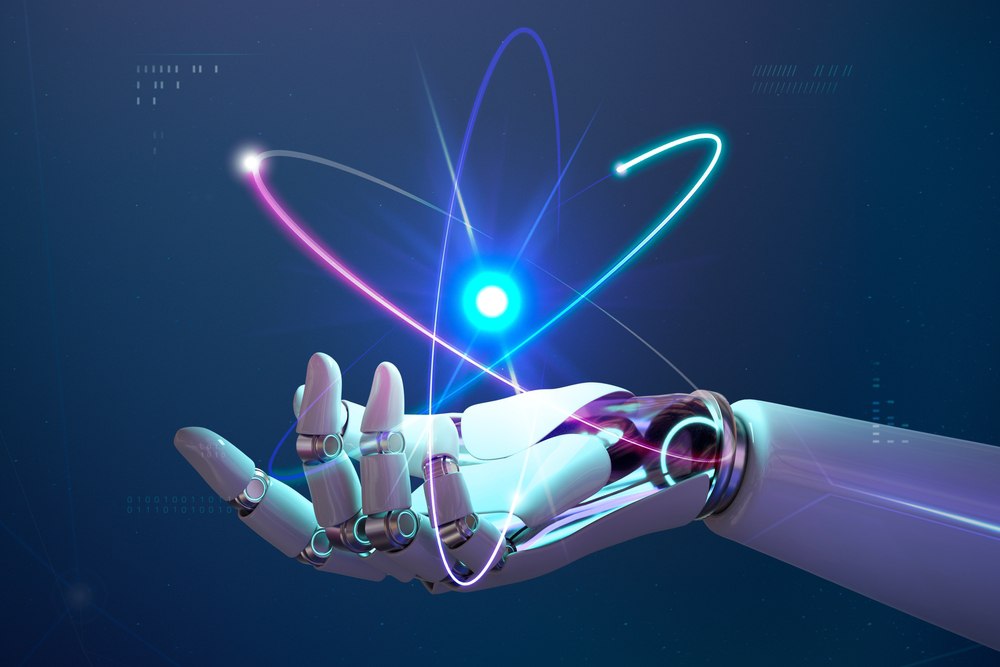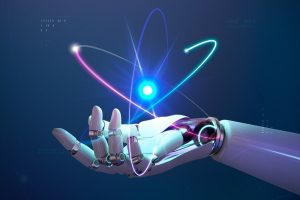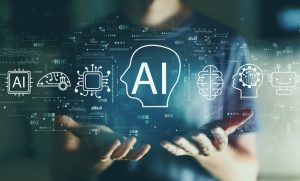AI Technology for Breast Cancer Detection: Hungary Leads the Way amid Increased AI Adoption

Hungary Leading In AI Breast Cancer Detection
The rapidly growing field of AI is ever-progressing, and many hospitals worldwide are experimenting with AI to detect elusive breast cancer. Hungary is at the forefront of the pack and is one of the first adopters of this technology.
The country has implemented the technology in over five hospitals that perform breast cancer scans in the thousands per year. Hungary has been using this technology since 2021, and according to The New York Times, the pace is picking up. The use of AI in Hungarian hospitals and its subsequent success inspires doctors in the UK and beyond to adopt this technology.
According to a study published in 2022, AI could identify cells in over 250,000 scans with undeniably greater accuracy than human radiologists and could read the scans much faster. The study suggests that by incorporating AI into medicine, the field could significantly decline workload while making more accurate predictions for patients.
Companies have been developing these programs for some time now, but the last year has seen a massive uptick in AI activity, and the field of medicine needs to catch up. However, according to some sources, Google is developing some complex AI applications that could outperform seasoned doctors.
According to one doctor who spoke to The Times, artificial intelligence systems could prevent errors that humans are prone to due to fatigue, stress, and other factors. The possibility of an AI missing a diagnosis is slim, especially if trained on a large enough dataset.
The doctor says he was taken aback by the AI’s efficiency after giving it some difficult cases from his career, including missed cancer diagnoses. The doctor emphasizes that the speed and accuracy with which the AI did his work was much better than he ever thought possible.
Some doctors on the other side of the fence say AI can never replace doctors. There is something about being human and your angles of problem-solving that an AI cannot just learn. They said that when doctors combine their knowledge and look at a scan, they can identify even deeper problems that AI may ignore.
Furthermore, they claim that for the technology to be widespread, a lot of infrastructure will need to be put in place, which is just not the case, especially in developing countries.
How The Technology Works
AI can identify diseases by analyzing a dataset of medical images such as MRI scans, ultrasounds, and mammograms. The AI system can recognize patterns and anomalies in the data that may indicate the presence of cancer.
The program then features the image and classifies it as normal or abnormal. If the image is classified as abnormal, the algorithm may provide a probability score or highlight suspicious regions that require further examination by a radiologist or doctor.
While the power of AI in the field is undeniable, doctors believe that AI alone cannot replace human doctors. However, combining AI and human expertise can improve diagnostic accuracy and patient outcomes.
If AI technology becomes more powerful in the future through quantum mechanics and 5G, the debate may be different. Nevertheless, the current AI standards have potential risks and should be carefully monitored to minimize errors and ensure patient safety.




